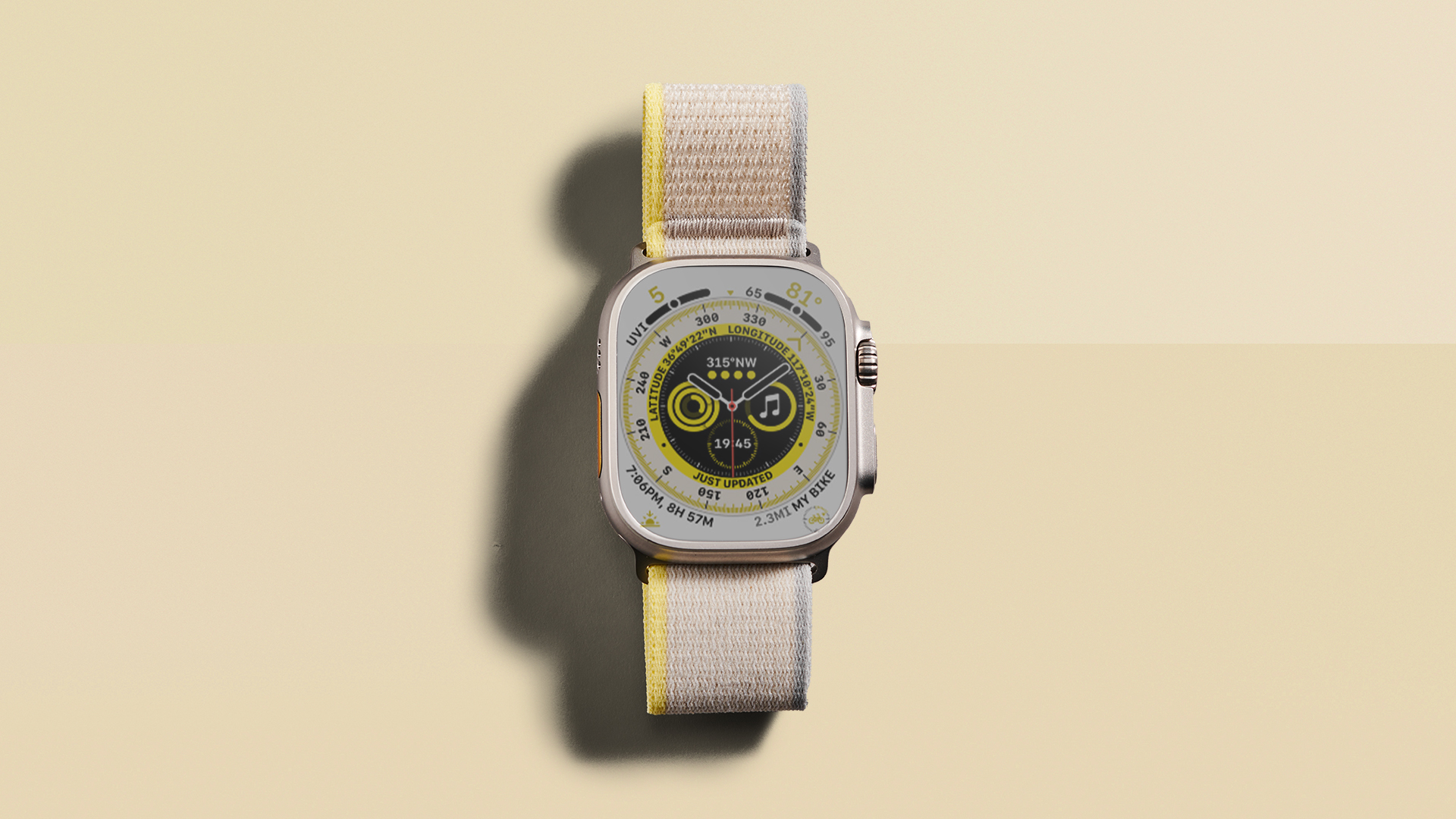It looks like Apple Watch Ultra 2 is ultra delayed
New reports say that even a 2025 launch date is too optimistic


The successor to the Apple Watch Ultra, Apple’s best smartwatch, may take longer to arrive than previously reported.
The first Apple Watch to sport a microLED display was expected to arrive in 2025 - although some rumours had predicted a late-2024 launch - but it appears to have slipped further back. We might not see the Apple Watch Ultra 2 until 2026.
The report comes via Macrumors, which spotted the story on Korean industry site The Elec. It says that market research firm Trendforce believes the launch has been put back a year because of problems relating to high manufacturing costs.
So what’s the problem? It’s likely to be that microLED display.
Why has the Apple Watch Ultra 2 been delayed?
It’s important to note that the launch hasn’t really been delayed, because it has never been announced. However, Apple’s alleged plans for its manufacturing schedule have turned out to be a bit optimistic.
There are all kinds of reasons why Apple may have to change its plans, but the most likely culprit here is the display.
MicroLED offers lots of benefits for smartwatches, and for other devices such as the best VR headsets. The displays are brighter, more vivid, easier to read in sunlight and can deliver very high resolutions in very small sizes. But, they’re also complex and difficult to manufacture, and as with any nascent display technology, yields are currently relatively low compared to the likes of OLED.
Get all the latest news, reviews, deals and buying guides on gorgeous tech, home and active products from the T3 experts
In display tech, yield is the measure of how many acceptable displays you get from a production process. The lower the yield the more panels you have to reject. Inevitably, that means the lower the yield the more expensive each acceptable panel becomes.
Given that high manufacturing costs appear to be the reason for Apple revising its launch plans, it’s a pretty safe bet that the yield isn’t where Apple wants it to be just yet.
The good news is that the solution is simple: chuck a big pile of money at it. And that’s exactly what Apple is doing. It has reportedly invested over $1 billion in in-house microLED facilities, and will no doubt invest more in the years to come.
Writer, musician and broadcaster Carrie Marshall has been covering technology since 1998 and is particularly interested in how tech can help us live our best lives. Her CV is a who’s who of magazines, newspapers, websites and radio programmes ranging from T3, Techradar and MacFormat to the BBC, Sunday Post and People’s Friend. Carrie has written more than a dozen books, ghost-wrote two more and co-wrote seven more books and a Radio 2 documentary series; her memoir, Carrie Kills A Man, was shortlisted for the British Book Awards. When she’s not scribbling, Carrie is the singer in Glaswegian rock band Unquiet Mind (unquietmindmusic).
